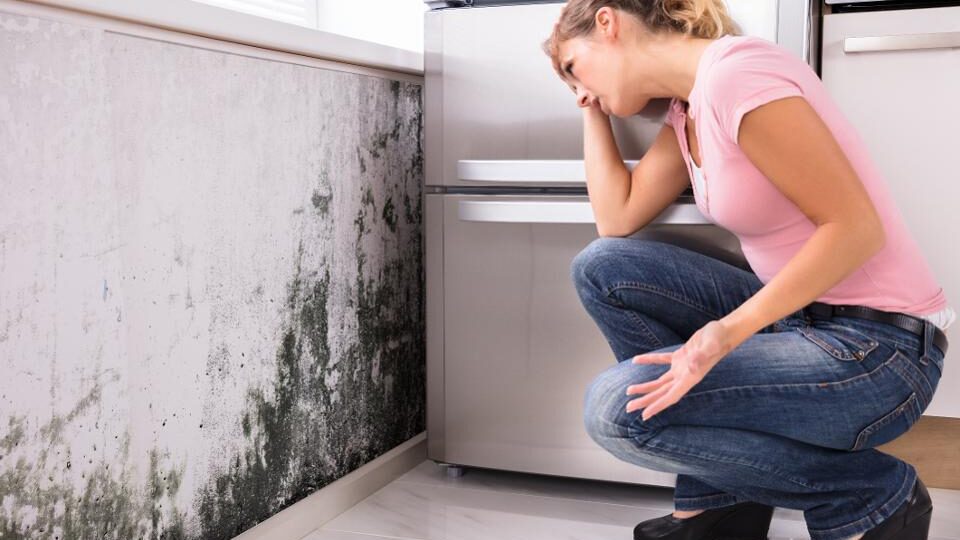Beyond its appearance as an ugly annoyance in wet areas of your home, mold poses a major health risk to your family’s health. If mold is allowed to develop unchecked, it can cause a number of health issues as well as structural damage to your home, especially if you already have allergies, asthma, or compromised immune systems. Mold restoration and remediation are crucial procedures that defend your house and your family’s health.
Recognizing Mold And Its Dangers
Fungi, such as mold, like warm, humid conditions to flourish. When the correct circumstances are met, the microscopic spores it releases into the atmosphere can land on surfaces and begin new mold colonies. Common places where mold might grow include bathrooms, basements, kitchens, and anywhere in your home where water leaks or condensation occurs.
The presence of mold in your home can have significant health implications. Mold spore exposure can result in allergic reactions that include red eyes, rashes on the skin, coughing, and sneezing. For individuals with asthma or other respiratory conditions, mold exposure can trigger severe attacks. Certain mold species, such as black mold (Stachybotrys chartarum), are extremely harmful and can cause more severe health concerns, such as long-term respiratory disorders and even neurological consequences.
The Importance Of Mold Restoration
Mold restoration, also known as mold remediation, involves the removal of mold from your home and the prevention of future mold growth. This procedure is essential for preserving your home’s structural integrity and creating a healthy living environment. Here’s why mold restoration is so crucial:
Health Protection:
The most immediate benefit of mold restoration is the protection of your family’s health. By getting rid of mold, you lower your chance of developing allergic reactions, respiratory disorders, and other health problems brought on by mold exposure. This is especially important for vulnerable populations, such as young children, the elderly, and individuals with pre-existing health conditions.
Prevention Of Structural Damage:
Mold doesn’t just grow on the surface of walls or ceilings; it can penetrate deeply into materials like wood, drywall, and insulation. This can erode your home’s structural integrity over time and require expensive repairs. In order to stop additional harm, mold restoration entails treating the underlying sources of moisture in addition to eliminating the visible mold.
Improvement Of Indoor Air Quality:
The air you breathe may get contaminated by mold spores that become airborne. This can significantly degrade indoor air quality, leading to a stuffy, unpleasant atmosphere in your home. Mold remediation removes these spores, resulting in cleaner, fresher air that is safer to breathe.
Prevention Of Future Mold Growth:
Finding and fixing the moisture source that initially allowed the mold to grow is a crucial step in the mold restoration procedure. This might involve repairing leaks, improving ventilation, or installing dehumidifiers. By taking these steps, mold restoration professionals help ensure that mold doesn’t return, providing long-term protection for your home.
The Mold Restoration Process
Mold restoration is a multi-step process that requires specialized knowledge and equipment. Here’s an overview of what you can expect:
Inspection And Assessment:
A comprehensive evaluation of your house to determine the degree of the mold issue is the first stage in the mold restoration process. Professionals will assess the type of mold, the areas affected, and the underlying causes of moisture.
Containment:
The impacted portions of your house are sealed up to stop mold spores from spreading there. This might involve the use of plastic sheeting, negative air pressure, and other containment measures.
Mold Removal:
Once the area is contained, the actual removal of the mold begins. This can involve scrubbing surfaces with specialized cleaners, removing and disposing of contaminated materials, and using air scrubbers to filter mold spores from the air.
Cleaning And Sanitizing:
The impacted areas are meticulously cleaned and sanitized following the removal of the mold. This step is crucial to ensure that no mold spores remain and to prevent future growth.
Restoration:
The final step is to repair and restore any damaged areas of your home. This might involve replacing drywall, repainting walls, or reinstalling flooring. The goal is to return your home to its pre-mold condition.
Conclusion
Mold restoration is not just about removing an unsightly growth from your home; it’s about protecting your family’s health and preserving the integrity of your property. By addressing mold problems promptly and thoroughly, you can ensure a safer, healthier living environment. If you suspect mold in your home, it’s important to seek professional help immediately. Mold restoration experts have the tools, knowledge, and experience to effectively remove mold and prevent it from returning, giving you peace of mind and a healthier home.
